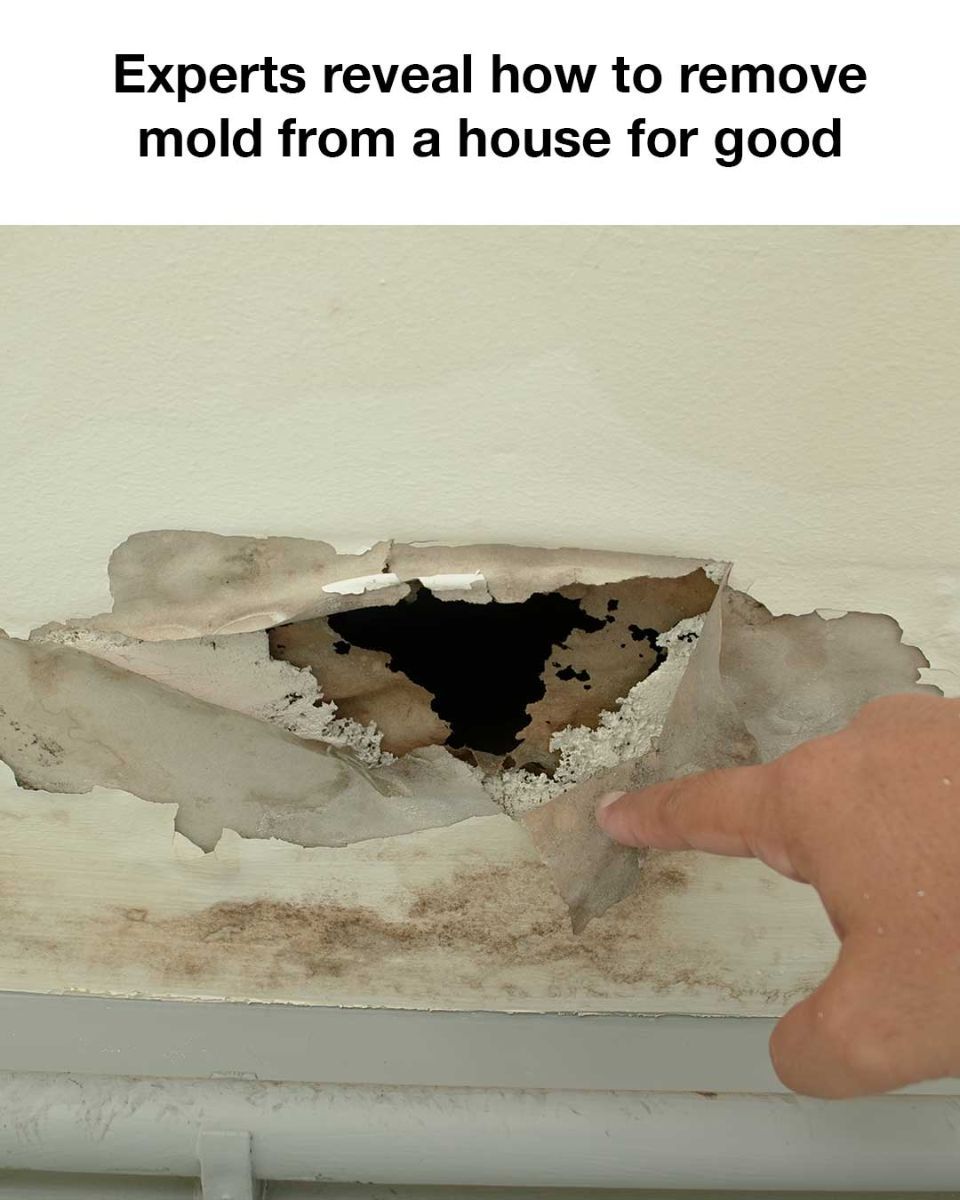ADVERTISEMENT
Mold is a common household problem that can cause significant damage to property and pose serious health risks to occupants. It thrives in damp, humid environments and can spread rapidly if not addressed promptly. Removing mold from your home is crucial not only for maintaining the structural integrity of your property but also for ensuring the health and well-being of your family. This article provides expert insights on how to effectively remove mold from your house and prevent it from returning.
Understanding the Causes of Mold Growth
Mold growth is typically caused by excess moisture in the home. This can result from a variety of factors, including leaks in roofs, windows, or pipes, poor ventilation, and high humidity levels. Mold spores are always present in the air, but they require moisture to grow and multiply. Understanding the underlying causes of mold growth is essential for effective removal and prevention. By addressing these issues, homeowners can significantly reduce the likelihood of mold returning.
Health Risks Associated with Mold
Exposure to mold can lead to a range of health issues, particularly for individuals with respiratory problems, allergies, or weakened immune systems. Common symptoms include coughing, sneezing, eye irritation, and skin rashes. In severe cases, mold exposure can lead to more serious respiratory conditions and infections. It is crucial to address mold issues promptly to minimize health risks and ensure a safe living environment.
Identifying Mold in Your Home
Mold can appear in various forms and colors, including black, green, white, or orange. It often has a musty odor and can be found in areas with high moisture levels, such as bathrooms, basements, and kitchens. To identify mold, look for discoloration on walls, ceilings, and floors, as well as any signs of water damage. It’s important to conduct a thorough inspection to determine the extent of the mold problem before proceeding with removal.
Essential Tools and Materials for Mold Removal
To effectively remove mold, you will need several tools and materials, including protective gear (gloves, masks, and goggles), cleaning solutions (such as bleach or commercial mold removers), scrub brushes, sponges, and a vacuum with a HEPA filter. Additionally, having a dehumidifier on hand can help reduce moisture levels in the affected area, preventing further mold growth.
Step-by-Step Guide to Removing Mold
see next page
ADVERTISEMENT
ADVERTISEMENT
ADVERTISEMENT
ADVERTISEMENT
